Gunung Kinabalu is one of Malaysia’s pride and joy. Located in Sabah, it is one of the highest peaks in Southeast Asia, standing tall at 4,095m.
The mountain is listed in UNESCO as a World Heritage Site. Not only is it in many people’s bucket list to climb Gunung Kinabalu, did you know that it is also among the most important biological sites in the world?
There are nearly 6,000 species of plants, 326 species of birds, and more than 100 mammas identified. In fact, the range of habitats on the mountain supports over half the species of flora that can only be found in the area high above sea level.
Here are some of the flora and fauna you may spot in your next climb up on Gunung Kinabalu.
Approximately one third of Kinabalu Park’s area is covered by dipterocarp rainforest with massive trees that have creepers, ferns and orchids clung to the trunks and branches.
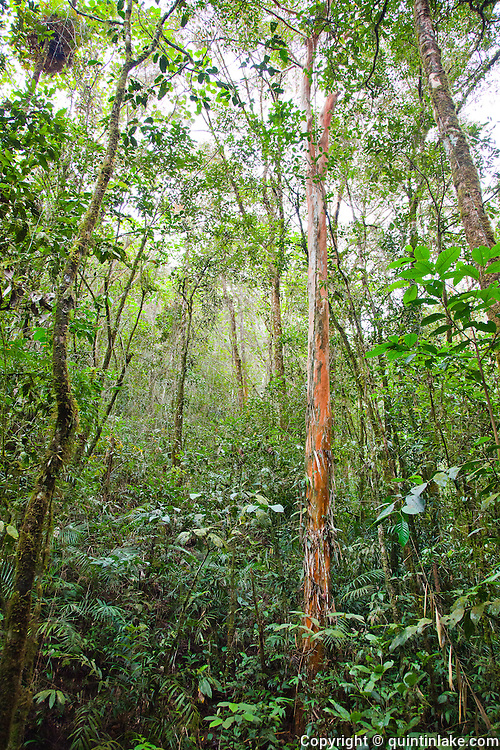
On the forest floor at lower lands is where fungi grow and feed.
The world’s largest flower, Rafflesia, cannot be missed as it blooms occasionally in the lowlands.

Moving up between 900m and 1,800m, there are oaks, chestnuts, ferns and mosses, including the world’s tallest moss known as the Dawsonia.

Once you keep moving, the cloudforest supports a variety of flowering plants like orchids that come in hundreds, and 26 varieties of rhododendron.
This is also where you will find the park’s most famous plants, like the nine different species of insectivorous pitcher plants. If you are lucky, you may be able to observe how the plant devours insects.
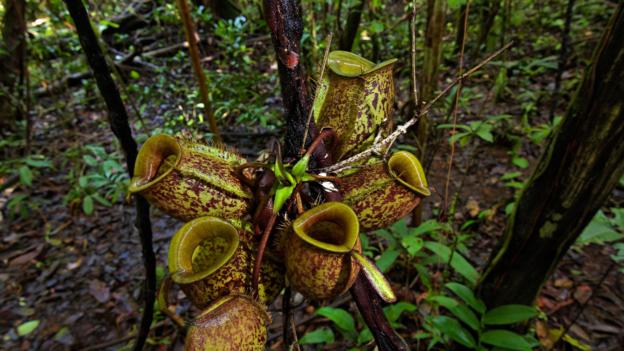
Then, as you reach above 2,600m, the tenacious sayat-sayat tree and the heath rhododendron are the ones that can survive the altitude.
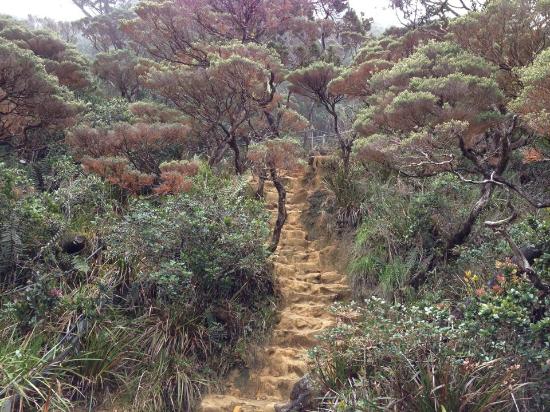
Finally, well beyond 3,300m, few plants are found as soil turns into granite. The only flora that remain here are grasses, sedges and Low’s buttercup.
The wide range of plant species on Gunung Kinabalu makes a great habitat for birds and mammals.
The rhinoceros hornbill, mountain serpent-eagle, Dulit frogmouth, eyebrowed jungle flycatcher, and bare-headed laughingthrush are some of the birds you will find on Kinabalu Park.
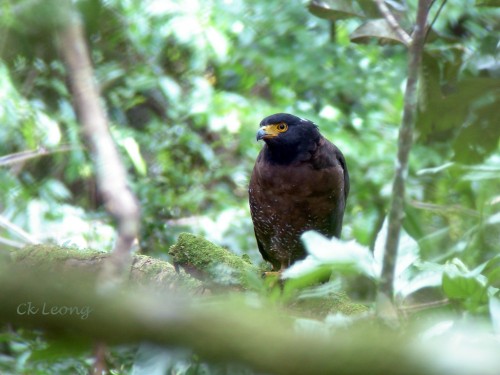
At higher altitudes, the birds spotted are the Kinabalu friendly warbler, the mountain blackeye and the mountain blackbird.

Besides that, the mountain is also home to mammalian species that live mostly high up in trees, such as the orangutans, whose sightings are unfortunately no longer as common as before.
It is estimated that there are between 25 to 120 orangutans left in the park now.
While Bornean gibbons and tarsiers also live here, chances are you will see more squirrels, rats, tree shews, and a mouse deer or bearded pig on a good day.
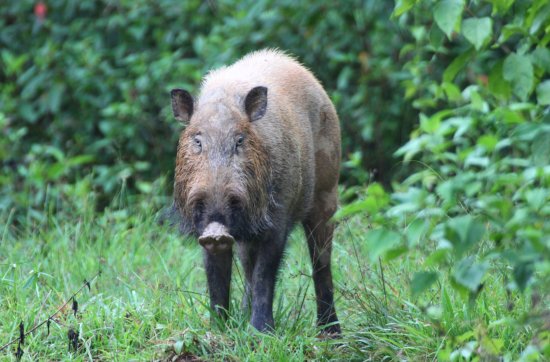
Other mammals found here include the Malayan weasel, oriental small-clawed otter and leopard cat.
The Bornean ferret-badget and summit rat have also been recently spotted near Mount Tambuyukon.
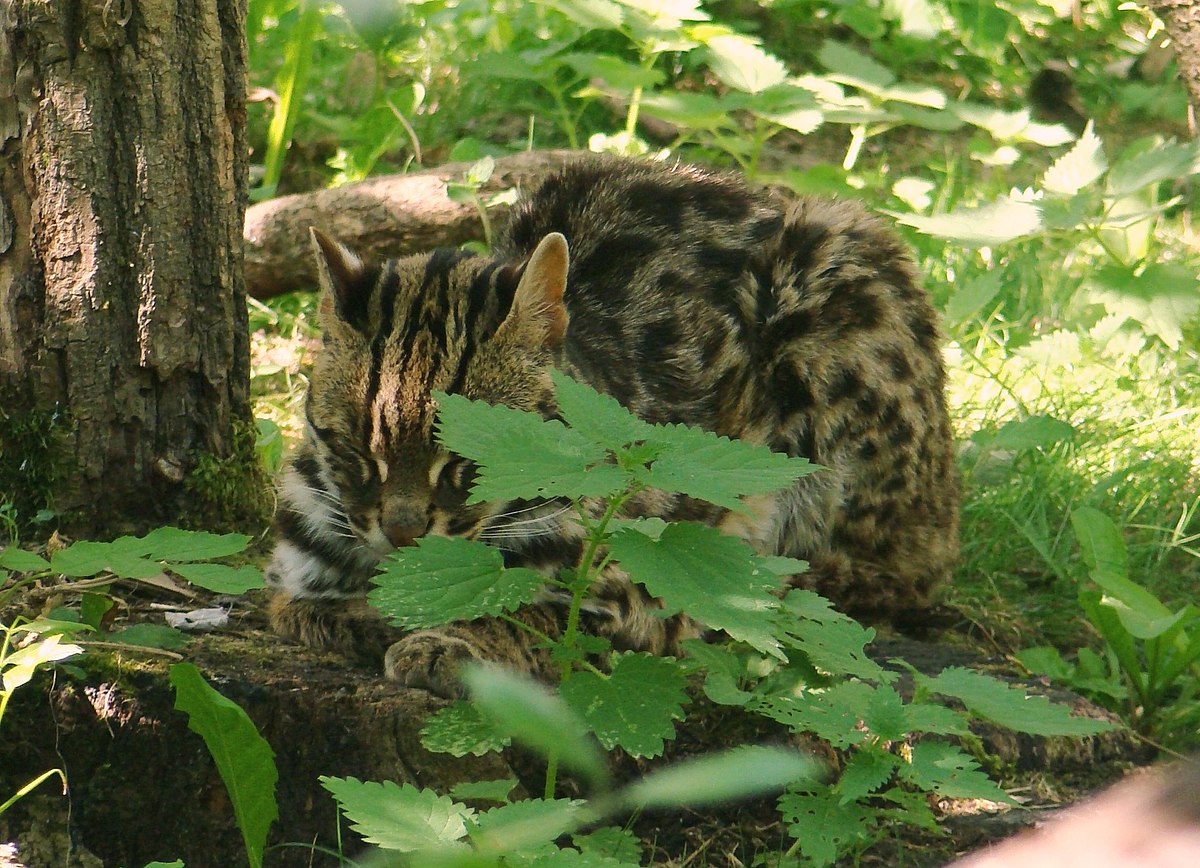
Last but not least, you will spot a number of insects on Gunung Kinabalu, like butterflies and moths, as well as the trilobite beetle, giant red leech and giant earthworm.

So if you want to spot these exotic flora and fauna on Gunung Kinabalu, wait no longer, look out for some awesome travel packages around the region at E-Travel Fair now! There are plenty of exciting destinations and activities for you to choose from.
You can also stand a chance to win these packages worth RM30,000 on Gempak’s Instagram Live game show called ‘Tak Boleh Cuti Ke?’ every night at 9pm, beginning 2 to 9 September.
Stay tuned for more!
The mountain is listed in UNESCO as a World Heritage Site. Not only is it in many people’s bucket list to climb Gunung Kinabalu, did you know that it is also among the most important biological sites in the world?
There are nearly 6,000 species of plants, 326 species of birds, and more than 100 mammas identified. In fact, the range of habitats on the mountain supports over half the species of flora that can only be found in the area high above sea level.
Here are some of the flora and fauna you may spot in your next climb up on Gunung Kinabalu.
Plants
Approximately one third of Kinabalu Park’s area is covered by dipterocarp rainforest with massive trees that have creepers, ferns and orchids clung to the trunks and branches.

On the forest floor at lower lands is where fungi grow and feed.
The world’s largest flower, Rafflesia, cannot be missed as it blooms occasionally in the lowlands.

Moving up between 900m and 1,800m, there are oaks, chestnuts, ferns and mosses, including the world’s tallest moss known as the Dawsonia.

Once you keep moving, the cloudforest supports a variety of flowering plants like orchids that come in hundreds, and 26 varieties of rhododendron.
This is also where you will find the park’s most famous plants, like the nine different species of insectivorous pitcher plants. If you are lucky, you may be able to observe how the plant devours insects.

Then, as you reach above 2,600m, the tenacious sayat-sayat tree and the heath rhododendron are the ones that can survive the altitude.

Finally, well beyond 3,300m, few plants are found as soil turns into granite. The only flora that remain here are grasses, sedges and Low’s buttercup.
Animals
The wide range of plant species on Gunung Kinabalu makes a great habitat for birds and mammals.
The rhinoceros hornbill, mountain serpent-eagle, Dulit frogmouth, eyebrowed jungle flycatcher, and bare-headed laughingthrush are some of the birds you will find on Kinabalu Park.

At higher altitudes, the birds spotted are the Kinabalu friendly warbler, the mountain blackeye and the mountain blackbird.

Besides that, the mountain is also home to mammalian species that live mostly high up in trees, such as the orangutans, whose sightings are unfortunately no longer as common as before.
It is estimated that there are between 25 to 120 orangutans left in the park now.
While Bornean gibbons and tarsiers also live here, chances are you will see more squirrels, rats, tree shews, and a mouse deer or bearded pig on a good day.

Other mammals found here include the Malayan weasel, oriental small-clawed otter and leopard cat.
The Bornean ferret-badget and summit rat have also been recently spotted near Mount Tambuyukon.

Last but not least, you will spot a number of insects on Gunung Kinabalu, like butterflies and moths, as well as the trilobite beetle, giant red leech and giant earthworm.

So if you want to spot these exotic flora and fauna on Gunung Kinabalu, wait no longer, look out for some awesome travel packages around the region at E-Travel Fair now! There are plenty of exciting destinations and activities for you to choose from.
You can also stand a chance to win these packages worth RM30,000 on Gempak’s Instagram Live game show called ‘Tak Boleh Cuti Ke?’ every night at 9pm, beginning 2 to 9 September.
Stay tuned for more!







